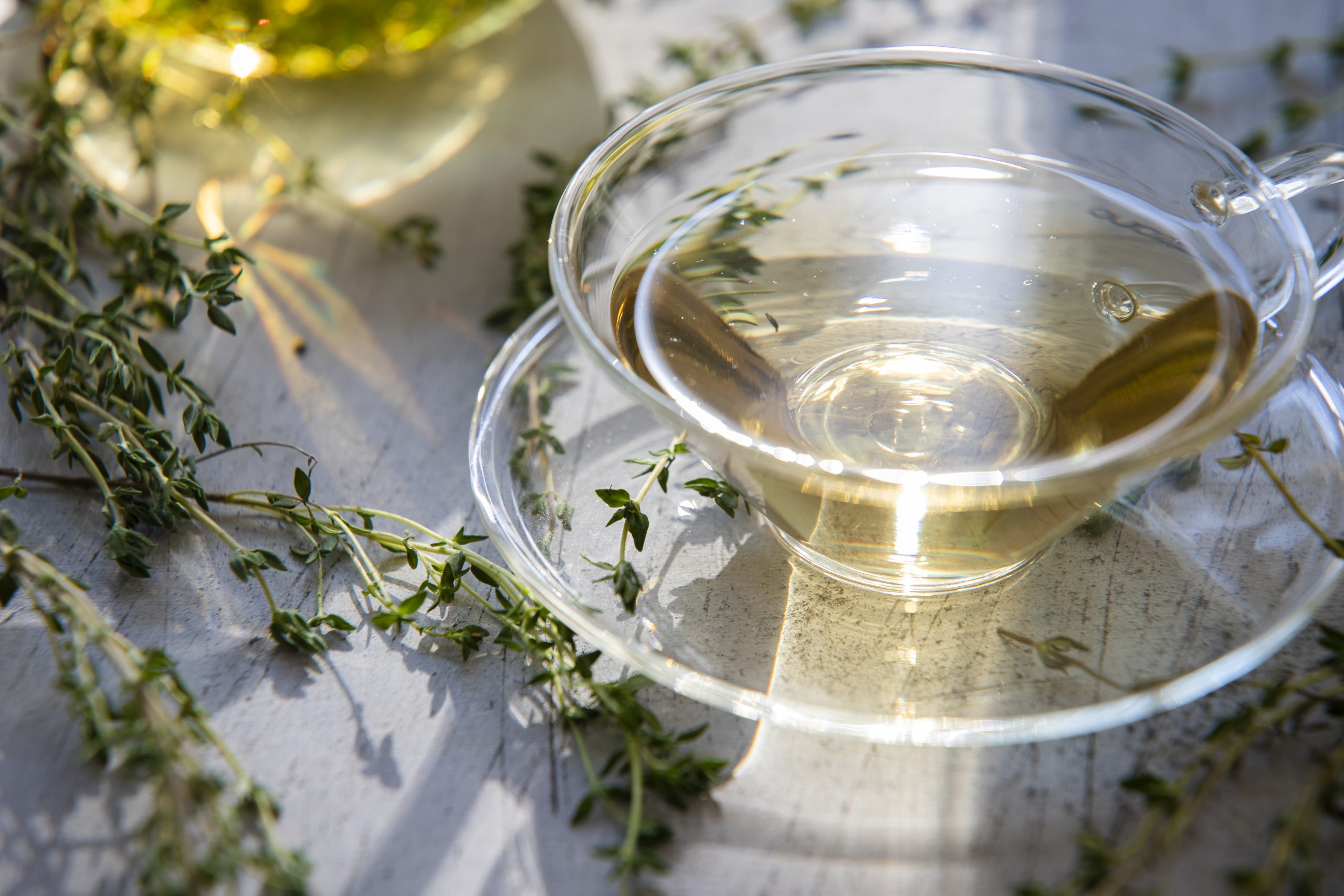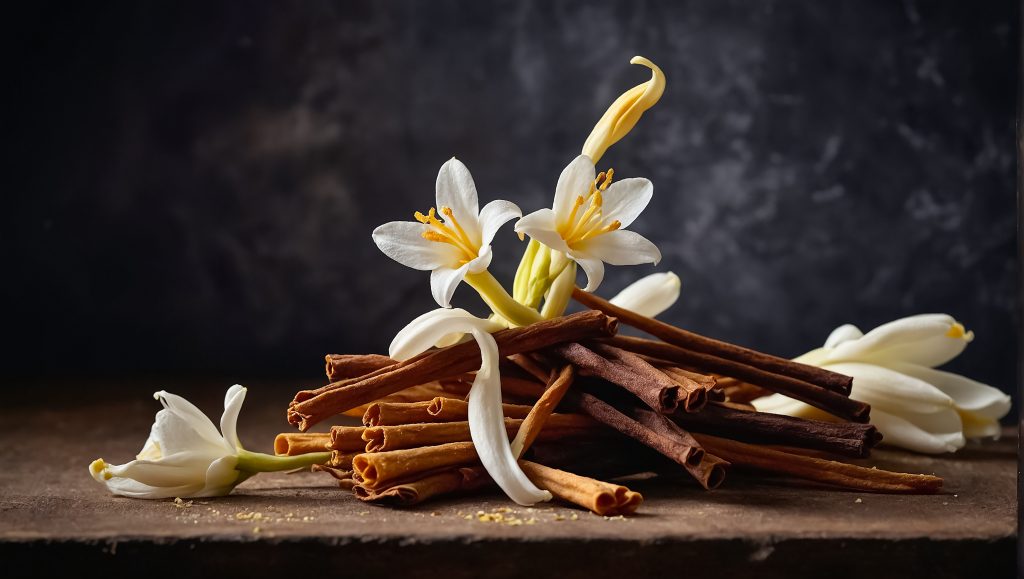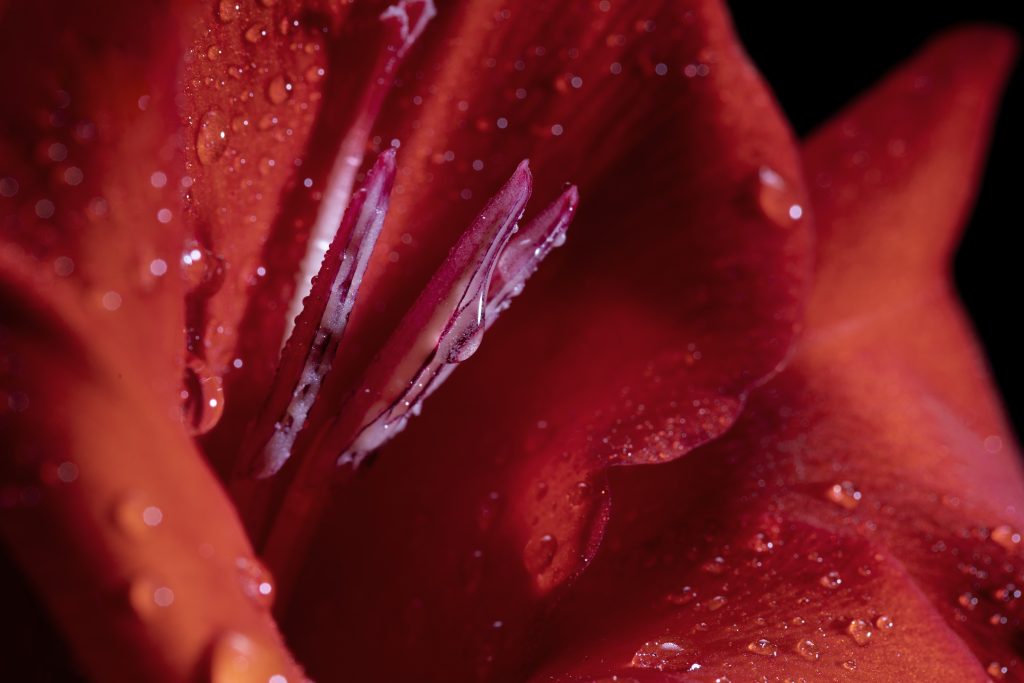In the vast and diverse universe of perfumery, certain ingredients stand out for their unique ability to evoke freshness, serenity, and sophistication. Among these, smell of green tea have gained remarkable popularity. The main keyword, green tea, appears repeatedly throughout this exploration, highlighting its significance in contemporary fragrance compositions. From delicate eaux de toilette to complex oriental blends, green tea notes continue to inspire perfumers and captivate wearers worldwide.
The Origins and Characteristics of Green Tea Notes
Green tea has a long-standing cultural history rooted in Asia, especially China and Japan. Its aroma is characterized by a subtle blend of grassy, vegetal, and slightly sweet nuances. When translated into perfumery, green tea notes bring a sense of calmness and clarity that many seek in their daily scent choices.
Unlike more intense or spicy ingredients, green tea offers a light yet persistent aroma that can serve as both a top note and a supporting element within a fragrance. Its versatility allows perfumers to craft compositions that are fresh, elegant, and suitable for various occasions.
How Green Tea Notes Influence Fragrance Composition
In perfumery, the smell of green tea are often used to create a refreshing opening or to add depth to the heart or base. Because green tea has a clean and crisp profile, it pairs well with citrusy top notes like bergamot or lemon. Additionally, it complements floral middle notes such as jasmine or lily of the valley.
Furthermore, green tea’s subtle bitterness balances sweeter elements like honey or vanilla. This interplay results in fragrances that are complex yet harmonious. When used thoughtfully, notes of green tea can transform an ordinary scent into an extraordinary olfactory experience.
Popular Fragrances Featuring Green Tea Notes
Many renowned perfumes incorporate smell of green tea to evoke freshness and sophistication. For example:
- Elizabeth Arden Green Tea: A classic fragrance that highlights the pure essence of green tea with hints of citrus and herbs.
- Bvlgari Green Tea: Known for its crispness and invigorating character, blending green tea with citrus and aquatic accords.
- Davidoff Cool Water: While primarily aquatic, it features subtle green tea undertones that enhance its refreshing profile.
- Giorgio Armani Acqua di Giò: Incorporates green tea as part of its marine-inspired scent palette.
- Hermès Eau de Gentiane Blanche: Combines the herbal bitterness of gentian with fresh green tea nuances.
These fragrances demonstrate how versatile the notes of green tea are across different scent families—from fresh citrusy to woody or aromatic compositions.
The Role of Green Tea in Modern Perfume Trends
In recent years, there has been a growing demand for naturalistic scents that evoke wellness and tranquility. As consumers become more conscious about their fragrance choices, notes of green tea have gained prominence because they symbolize purity and serenity.
Moreover, perfumers increasingly use natural extracts or synthetic accords mimicking green tea’s aroma to craft sustainable fragrances. This trend aligns with the broader movement toward eco-friendly beauty products while maintaining high-quality scent profiles.
How Perfumers Create Green Tea Notes
Creating authentic notes of green tea involves complex processes. Some use natural extracts obtained through steam distillation or solvent extraction from actual leaves. However, due to cost and availability constraints, many rely on high-quality synthetic molecules designed to replicate the aroma.
Perfumers often combine these accords with other ingredients — such as herbs like basil or mint — to enhance freshness or with woody elements like cedarwood for depth. The goal is to produce a balanced scent that captures the essence of freshly brewed green tea while maintaining longevity on the skin.
Pairing Green Tea Notes with Other Fragrance Elements
The beauty of smell of green tea lies in their adaptability. They can be paired with:
- Citrus fruits (bergamot, lemon) for an energetic opening
- Floral bouquets (jasmine, lily) for elegance
- Woody accords (sandalwood, cedar) for warmth
- Spicy elements (pepper, cardamom) for complexity
- Aquatic notes for a marine freshness
This versatility allows perfumers to craft diverse fragrances suited for different seasons and moods — whether it’s a light summer scent or an elegant winter perfume.
The Future Outlook for Green Tea in Perfumery
Looking ahead, the role of smell of green tea is expected to expand further as consumers seek scents that promote well-being without overwhelming intensity. Innovations in sustainable extraction methods will likely make natural green tea accords more accessible.
Additionally, blending techniques will continue evolving — perfumers may experiment with new combinations that highlight the calming properties associated with green tea while exploring novel olfactory territories such as gourmand or oriental facets.
Conclusione
Throughout this exploration into the world of perfumery, it becomes clear that notes of green tea hold a special place due to their ability to evoke freshness and tranquility effortlessly. Their subtle yet distinctive aroma enriches countless fragrances across various scent families.
As trends favor natural ingredients and wellness-oriented products grow in popularity, the significance of green tea in perfume creation is poised only to increase. Whether as a main feature or a supporting note, its presence continues to define elegance and serenity within modern olfactory art.
In summary, understanding how smell of green tea influence perfume design reveals their timeless appeal — an aromatic bridge between tradition and innovation that will undoubtedly remain influential in future fragrance developments.












